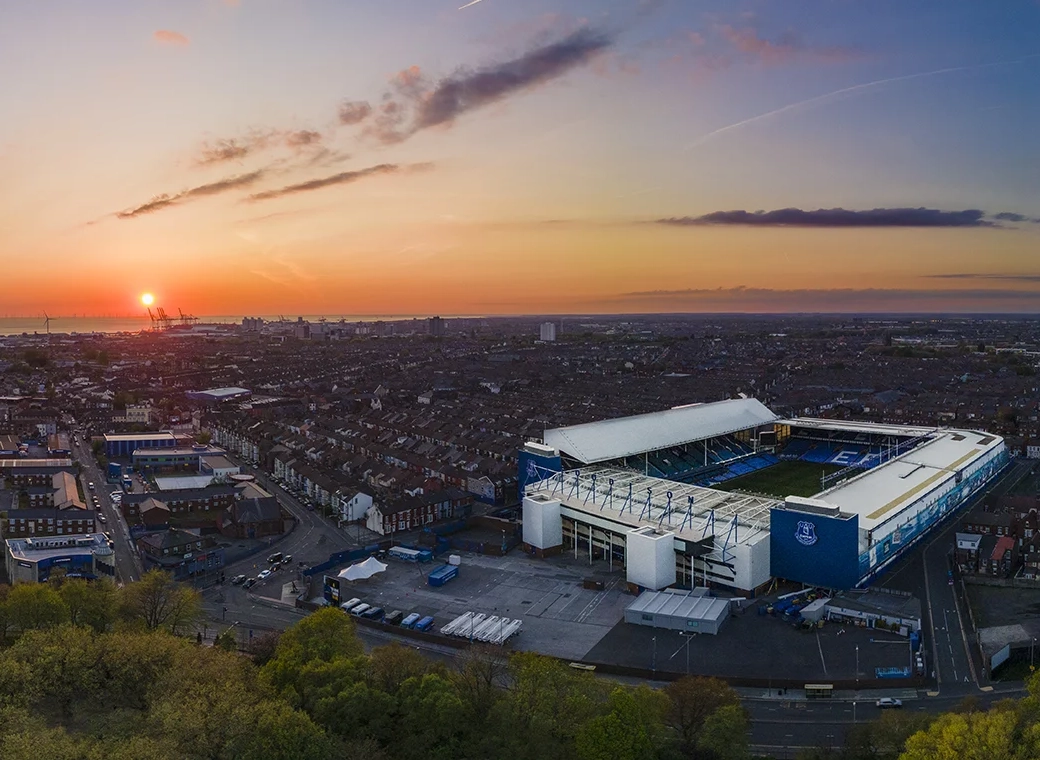We have that here too! On a particularly good day, usually I torrential rain, kind souls will start moving before they indicate. Just to test ones reactions, tyres and brakes!Drive between Milwaukee and Chicago and then complain about UK roads.
No rules about filtering to the slow lane.
Slow is empty a lot of the time.
People will be alone and in the fast lane going below the speed limit.
HGVs will occupy all the lanes going similar speeds.
People thinking signaling gives them the right to change lanes rather than a warning of a future maneuver
You are using an out of date browser. It may not display this or other websites correctly.
You should upgrade or use an alternative browser.
You should upgrade or use an alternative browser.
4 lane motorways
- Thread starter Daveysgingerlovechild
- Start date
Cake
Player Valuation: £8m
I think you could be right seeing as it’s taken you the best part of 2 months to post a reply.I think having to slow down enough to read all that on motorway sign is in itself a hazard tbh.
Mad how people don't want to show weakness when the snow comes and drive like it's dry. I was doing 30 in a 30, 4 lanes, 3ft speed bump-like median. Lad in a Honda Civic comes flying by me in the outside lane that hadn't been used much and had no tracks to follow. Out of nowhere he loses control does a 180 while clearing all 4 lane and comes to neat stop facing the correct way in the opposite outside lane. Missed every vehicle. Undies were probably a write-off though.Have been a passenger in a car on this stretch of road from Rockford to Milwaukee to go to a Bucks game during some heavy snow. Cars spun out and crashed all along the way.
RufusCat
Player Valuation: £1.5m
Some people could get the hump over that kind of comment.And cats.
It's not long before cats learn to cycle ... they and cyclists have similar personalities.
Rita_Poon
Player Valuation: £90m
camel people?Some people could get the hump over that kind of comment.
Exactly my thoughts, but me not being from there i assumed it was normal to just carry on. On the same stretch of motorway coming from Chicago back to Rockford after the St Paddys day parade the driver of the car i was passenger in feel asleep at the wheel and veered one lane over before waking up and veering back into the orginal lane. He said he didn't fall asleep but just sneezed.Mad how people don't want to show weakness when the snow comes and drive like it's dry. I was doing 30 in a 30, 4 lanes, 3ft speed bump-like median. Lad in a Honda Civic comes flying by me in the outside lane that hadn't been used much and had no tracks to follow. Out of nowhere he loses control does a 180 while clearing all 4 lane and comes to neat stop facing the correct way in the opposite outside lane. Missed every vehicle. Undies were probably a write-off though.
The last time i was in the USA i hired a car and drove myself, most of the time.
scratchnsurf
Player Valuation: £40m
Had to do a motorway awareness course recently, it was actually fairly interesting and probably not a bad thing to stop and reflect occasionally on how you drive, given the potential consequences should things go wrong. Some things I learned
- variable speed limits are often triggered automatically due to monitoring of traffic rate and speed to allow a greater volume of traffic to flow in a given time
- the most likely way for a road worker to die is by being hit by a traffic cone, which weigh in excess of 10kg, hence speed reductions through road works. More and more roadworks are being done at night on closed motorways as drivers will not adhere to the reduced limits
- most modern cars have an crawling mode which essentially allows the car to continue moving at around 20mph if there is a fault i.e. engine management problem. The purpose of this is to allow you to continue to reach an exit from a motorway or NSL A road.
- in dry conditions, at the point at which you would stop after braking from 70mph, you would still be travelling at 17mph if you were doing 72mph when you began breaking
- in a frontal collision at 70mph, you will almost certainly die. On the graph of speed to percentage mortality in a frontal collision, the gradient of the line gets awfully steep once you go beyond 40mph.
I don't have a problem with variable speed limit motorways but the plain fact is that people have died due to hard shoulders being removed who would not have died otherwise. They should not have been removed. The main change I have made since the course is to keep to the 2 second rule regarding distance from the car in front. Remember that becomes 4 seconds in wet conditions.
- variable speed limits are often triggered automatically due to monitoring of traffic rate and speed to allow a greater volume of traffic to flow in a given time
- the most likely way for a road worker to die is by being hit by a traffic cone, which weigh in excess of 10kg, hence speed reductions through road works. More and more roadworks are being done at night on closed motorways as drivers will not adhere to the reduced limits
- most modern cars have an crawling mode which essentially allows the car to continue moving at around 20mph if there is a fault i.e. engine management problem. The purpose of this is to allow you to continue to reach an exit from a motorway or NSL A road.
- in dry conditions, at the point at which you would stop after braking from 70mph, you would still be travelling at 17mph if you were doing 72mph when you began breaking
- in a frontal collision at 70mph, you will almost certainly die. On the graph of speed to percentage mortality in a frontal collision, the gradient of the line gets awfully steep once you go beyond 40mph.
I don't have a problem with variable speed limit motorways but the plain fact is that people have died due to hard shoulders being removed who would not have died otherwise. They should not have been removed. The main change I have made since the course is to keep to the 2 second rule regarding distance from the car in front. Remember that becomes 4 seconds in wet conditions.
Rita_Poon
Player Valuation: £90m
UK and why 'had to do'?Had to do a motorway awareness course recently, it was actually fairly interesting and probably not a bad thing to stop and reflect occasionally on how you drive, given the potential consequences should things go wrong. Some things I learned
- variable speed limits are often triggered automatically due to monitoring of traffic rate and speed to allow a greater volume of traffic to flow in a given time
- the most likely way for a road worker to die is by being hit by a traffic cone, which weigh in excess of 10kg, hence speed reductions through road works. More and more roadworks are being done at night on closed motorways as drivers will not adhere to the reduced limits
- most modern cars have an crawling mode which essentially allows the car to continue moving at around 20mph if there is a fault i.e. engine management problem. The purpose of this is to allow you to continue to reach an exit from a motorway or NSL A road.
- in dry conditions, at the point at which you would stop after braking from 70mph, you would still be travelling at 17mph if you were doing 72mph when you began breaking
- in a frontal collision at 70mph, you will almost certainly die. On the graph of speed to percentage mortality in a frontal collision, the gradient of the line gets awfully steep once you go beyond 40mph.
I don't have a problem with variable speed limit motorways but the plain fact is that people have died due to hard shoulders being removed who would not have died otherwise. They should not have been removed. The main change I have made since the course is to keep to the 2 second rule regarding distance from the car in front. Remember that becomes 4 seconds in wet conditions.
scratchnsurf
Player Valuation: £40m
UK. Variable speed limit - didn't slow down quick enough. It was fair enough tbh as I just thought I can't see any reason to slow down so didn't and then half a mile on Police were trying to get a tow line on a stranded vehicle and were obviously in a very dangerous situation.UK and why 'had to do'?
Martin Alvito
Player Valuation: £50m
You have not seen psychopathy on a freeway until Chicago.
Had ten people try to kill me inside an hour a couple months back. I said, "When did I move back home? What is this, the Turnpike?"
In Chicago it's inside of ten minutes.
Had ten people try to kill me inside an hour a couple months back. I said, "When did I move back home? What is this, the Turnpike?"
In Chicago it's inside of ten minutes.
I hate motorways so just drive 100mph everywhere to get to my destination quicker ….. much safer









